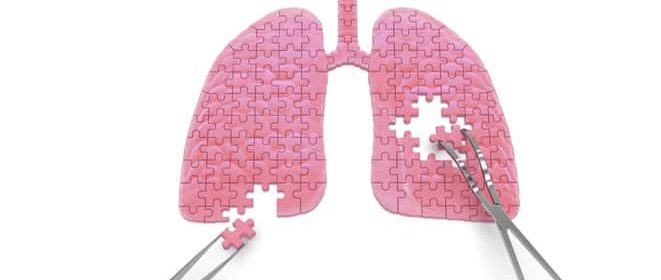Few studies have looked at personal pollution exposure and lung function in persons with COPD. Eosinophilia in the blood could diagnose airway inflammation and pollution sensitivity. To see if daily pollutant exposures are linked to lung function and if those links are influenced by eosinophilia in COPD patients. Researchers enlisted the help of 30 former smokers with moderate-to-severe COPD who lived in the Boston region and monitored them for 4 months in different seasons. Researchers assessed Morning lung function, and participants carried a portable air quality monitor about with them every day. They used Portable and community monitors were to measure previous-day exposure to pollutants (PM2.5, NO2, and ozone). To assess associations of previous-day pollutant exposure with lung function and effect modification by eosinophilia (< vs > 150 cells/L), Researchers built multi-level linear mixed-effects models with random intercepts for person and observation month, adjusted for temperature, humidity, age, sex, race, height, weight, income, and season.
A total of 3,314 observations were collected, including data on exposure and lung function. An 11.3 mL (95% CI: -18.7, -4.0) lower FEV1 and an 18.0 mL (95% CI: -32.0, -4.2) worse FVC were related with each IQR (5.1 ppb) higher previous-day personal exposure to NO2. In the 55.2% of subjects with eosinophilia, personal and community-level exposure to PM2.5 and community-level NO2 were inversely linked with FEV1 (P interaction 0.05). The research emphasized the need of addressing air pollution exposure in COPD patients. More research is needed if eosinophilia is a biomarker for COPD sensitivity to air pollution.
Reference:www.atsjournals.org/doi/abs/10.1513/AnnalsATS.202107-846OC


